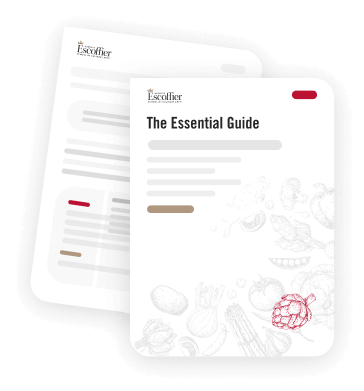How To Zest Citrus Fruits

Escoffier Online’s Chef Thomas walks through the various zesting techniques and tools that can be used when zesting citrus fruit. Zesting is used when wanting to remove the skin from a piece of fruit. The zest of the fruit has all the essential oils from the skin, which is why it is used in baking and cooking so often.
When learning the proper techniques for zesting there are three main tools Chef Thomas recommends; a microplane, and a zester often used by bartenders mainly for garnish. The third tool is a peeler. By simply peeling off a piece of the fruit and putting your knife skills to use, create a nice rocking motion cutting the piece into a fine julienne. From there the zest can be cut smaller if desired. Watch Chef Thomas as he walks through all three of these zesting techniques and tools.

